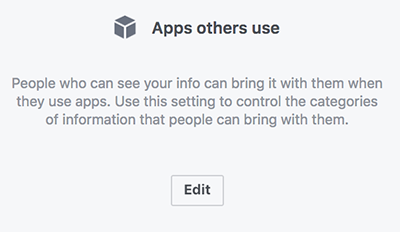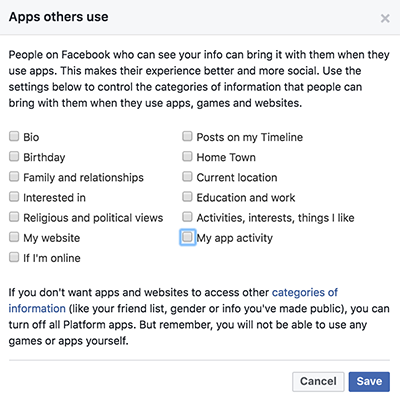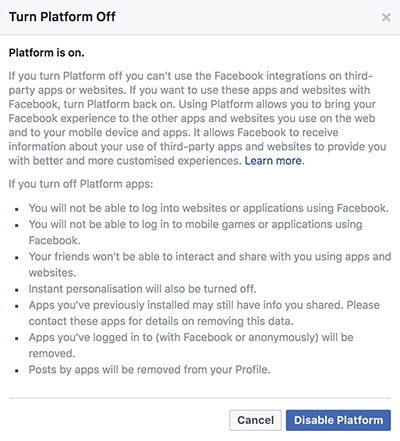SOC in Translation: 4 Common Phrases & Why They Raise Flags
Having worked in many different security environments, I’ve picked up on more than a few phrases that you hear only in the security operations center (SOC). These catchphrases frequently need translation — especially as CISOs and the entire C-suite look to get more involved with their organizations’ security practices.
Below are a few to listen for, along with what they mean for the business.
“That’s not the true source.”
The true source? When you hear this, someone is likely performing an investigation and has hit a confounding barrier. The translation: “I’m analyzing network traffic whose origin is other than what’s listed in the Source IP field.” The cause is likely one of these conditions:
- Proxy: A proxy device is masking the origin.
- DNS recursion: DNS servers use recursive queries to resolve hosts not in their cache. This causes many DNS requests to appear to originate from a DNS server and not the origin client.
- Unusual protocols/spoofing: Some protocols will actually communicate “backward” during their conversations (e.g., FTP active data transfer). Visibility on the wild Internet will also expose analysts to spoofed communications or the responses to victim networks around the world (e.g., DDoS backscatter).
If you hear “not the true source” a lot in your SOC, you may have visibility blind spots that are inhibiting the investigative process.
“Clear the channel before you start hunting.”
OK, full disclosure: This one has been directed at me quite a bit, and I’ve heard this phrase in every SOC where I’ve worked. It translates to: “We have more alerts than we know what to do with and not enough analysts to deal with them. Please attend to all the alerts before you explore the data looking for your own outliers.”
SOC managers who find they are uttering this phrase often should take a step back and consider:
- Analysts’ morale. Analysts aren’t often satisfied with working “the channel.” You see, the channel never ends. Perhaps dedicated hunting time allotted per day/week regardless of the alert queue will keep analysts’ morale up. Also, you’ll be amazed what they’ll find. All of the biggest incidents I’ve ever been a part of did not start with clearing the channel; they all resulted from hunting.
- Technology gaps. Analysts may not have the tools they need to conquer their alert volume. If it takes 30 minutes or longer to analyze an event, there is something missing.
- Whether alert volume is too high. Analysts often don’t have the agility to “tune” alerts fast enough to keep up with the alert volume. Cumbersome change management results in no changes at all.
Your very best analysts want to hunt. If these analysts move on to different opportunities due to job dissatisfaction, you’ll be saying this phrase even more.
“Just ask Stu.”
Well, replace Stu with the gold-star guy/girl in your organization who has all the answers. Here’s the translation: “Our daily activities and processes are so complicated and have evolved so rapidly, there’s only one guy who knows how the whole thing works. His name is Stu — go talk to him.” Every place where I’ve worked had a “Stu,” and in fact, Stu is the real name of one of them. (He knows who he is — hi, Stu!) If you’re a manager and hear this phrase, you must do two things:
- If Stu likes money, give Stu a raise. If money isn’t what makes Stu happy, find out what does, and give him that. You can’t lose Stu.
- Build a process to capture everything Stu knows as artifacts in your system. Your system must become Stu. Capturing knowledge from your workforce is not a “one-time thing” — it’s a continuous process, and it’s never complete.
If you’re a colleague of Stu’s, learn everything you can. Shoulder surf him. Steal his bash history. Read the books on his desk while he’s not there. Whatever it takes. Study him.
“I’ve got a bad feeling about this.”
Your analysts are developing an intuition! This is great! Translation: “I can’t describe it yet, but this (IP address, user-agent string, URI, username, etc.) just looks wrong.” When you spend enough time as an analyst slogging through the mundane task of reacting to events that turn into nothing burgers, there will come a time when you see something where you sit up in your chair and goosebumps appear on your arm. This is analyst intuition, and it’s very hard to code and train for (although some companies are getting there). Here are the best ways to foster it:
- Make sure analysts have the context and the speed to ask the easy questions and get rapid results. This exposes them to a lot of data and affords them the opportunity to ask questions of the data that might not be asked otherwise.
- Keep the analysts happy and caffeinated. Analysts with a grin on their face, and whose eyes are focused on the target, will reach the intuitive phase.
- Training, conferences, communities. Expose the analysts to everything new and possible. New perspectives are often all it takes for an intuitive sense to bubble up.
Ask any SOC team, and members are sure to tell you they’ve heard these phrases at one point or another. The question is, which ones are they using at your organization? By keeping an eye out for these essential phrases and understanding the true meaning behind them, business leaders can overcome the barriers that get between them and their security teams.
Related Content:
- Pragmatic Security: 20 Signs You Are ‘Boiling the Ocean’
- Why Security-Driven Companies Are More Successful
- Incident ‘Management’: What IT Security Can Learn from Public Safety

Join Dark Reading LIVE for two cybersecurity summits at Interop ITX and learn from the industry’s most knowledgeable IT security experts. Check out the security track here. Save $200 off your conference pass until March 23 with Promo Code DR200.
Daniel Smallwood is senior security engineer at JASK, the company modernizing security operations with its Autonomous Security Operations Center (ASOC) platform. Prior to JASK, Daniel spent more than 16 years in security and software development for companies including Alert … View Full Bio









